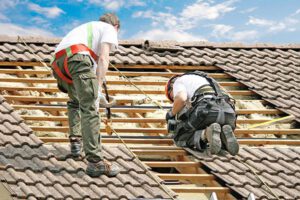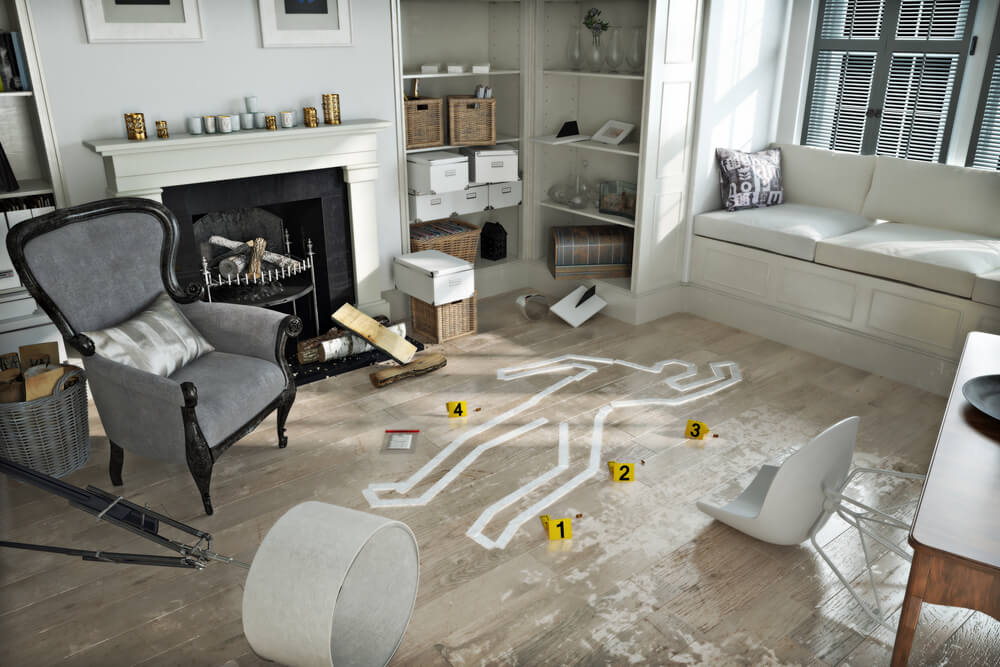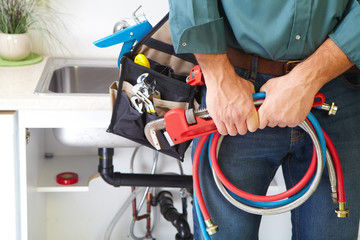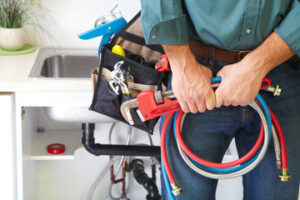Concrete contractors are specialized tradespeople who have the skills and expertise to handle all aspects of concrete construction. They use their knowledge to complete projects efficiently without sacrificing quality.
Ask potential contractors for references and visit completed projects to assess the contractor’s craftsmanship and attention to detail. Concrete Contractors McKinney TX also offer warranties and guarantees for their work.
Professional contractors possess a broad range of specialized tools and equipment that are not typically available to homeowners. This enables them to handle complex projects such as concrete pouring and surface preparation with accuracy. They also use high-quality materials to ensure that the final product looks beautiful and durable. This is important, especially if the concrete is going to be used for a structural purpose.
Look for contractors who take a thorough approach to every project and provide transparent pricing. You should not settle for low-ball estimates, which can lead to hidden fees or substandard results. In addition, choose a contractor who values effective communication with clients. This will prevent misunderstandings and ensure that all parties are on the same page.
When selecting a concrete contractor, it is critical to ask for references and testimonials. This can give you valuable insights into the contractor’s work ethic, timeliness, and quality of workmanship. You can also inquire about their insurance coverage, which protects against liability in the event of property damage or worker injury.
Whether you’re looking to hire a concrete contractor for a small patio or a large commercial structure, experience is an important factor. Look for contractors who have extensive experience working with concrete and can provide references from previous clients. You can also ask about their knowledge of building permits, construction restrictions, and weather concerns. An experienced concrete contractor will know how to address unexpected challenges and ensure a smooth process from start to finish. They may also offer a warranty on their work. This is an excellent indicator of their confidence in their work and commitment to customer satisfaction. The length of the warranty and its terms will depend on the type of project.
Reputation
Concrete is a crucial component in many construction projects, so choosing the right contractor for the job is essential to ensure high-quality results. Look for contractors with a strong reputation and a history of working on similar projects to yours. Check their online reviews and testimonials, and ask for references. It is also important to evaluate their commitment to providing responsive and attentive customer support. A reliable contractor should be able to address any issues that may arise during or after the project is completed.
A good contractor is not only skilled in technical aspects of commercial concrete services but also works closely with clients to understand their specific vision and requirements. They should be able to explain complex details in an easy-to-understand manner, and provide updates and seek feedback throughout the project’s duration. They should also be able to provide comprehensive written estimates with a breakdown of costs, materials, and timelines.
The best concrete contractors are passionate about their work and take pride in the finished product. They understand that the quality of their work affects not only their reputation but also their clients’ satisfaction and safety. Choose a contractor who has extensive experience and can meet your project requirements within your budget and timeframe.
Look for a contractor who is willing to offer a warranty for their work. A quality warranty is an indication of the confidence that a contractor has in their own work. Make sure that the warranty includes both materials and labor, and is backed by an established company with a strong track record. Also, be sure that the contractor has the proper licensing and insurance to avoid any legal complications.
Experience
Concrete contractors with extensive experience in the industry will be better equipped to meet your project’s needs and handle unexpected challenges. They will also be familiar with local building codes and regulations regarding concrete construction, saving you time and stress. Ask potential contractors about their work history and review their portfolio of past projects. Make sure to focus on projects that are similar to yours, so you can see their level of skill and attention to detail.
Ask about their knowledge of concrete and its applications, including the types of cement and mixes that best suit each structure’s unique requirements. Look for contractors who are familiar with the latest innovations in concrete technology, such as laser-guided equipment and state-of-the-art mixing systems, which can result in higher-quality, more durable, and aesthetically pleasing concrete.
Experienced concrete contractors will be able to answer any questions you may have about the process and provide clear, comprehensive descriptions of their services. They should also be able to coordinate efficiently with the steel erectors on your site, which can help prevent miscommunication and delays in production.
Efficient project management is another important trait to look for in a commercial concrete contractor. Reputable companies will use software that enables seamless communication and real-time updates, ensuring transparency and efficiency throughout the duration of your project.
Choosing the right concrete contractor will ensure that your project is completed on time and within budget. A reputable company should have no problem providing references from previous clients and allowing you to visit their sites to assess their work ethic, professionalism, and overall performance. Checking licenses and insurance is also important to avoid any issues during the project.
License
Concrete is a vital construction material, and a licensed concrete contractor plays a critical role in ensuring that projects are completed on time and with excellent quality. Whether you’re looking to build a new concrete foundation, repair an existing one, or even remodel your home, a licensed concrete contractor will be able to help. These professionals have a thorough understanding of the ins and outs of concrete construction and can provide valuable insights tailored to your specific project.
To become a licensed concrete contractor, you’ll need to meet a few requirements. For starters, you’ll need to pass the trade exam as well as a law and business exam. In addition, you’ll need to have at least four years of experience working in the concrete industry, which you can usually prove through employer attestations or contractual documentation. In some states, you can also gain experience by completing an apprenticeship program with a concrete construction company.
To prepare for the licensing exam, it’s a good idea to review study guides and materials that cover the topics and skills tested on the C8 exam. You can also join study groups with other candidates to receive support and insights on how to successfully pass the exam. Moreover, pursuing continuing education courses can help you keep abreast of new technologies and best practices in the concrete industry. It’s also important to pay attention to local regulations as they pertain to concrete construction activities. This could include unique insurance and bonding requirements or specific licensing exams, which you can learn about by reaching out to local authorities directly. This proactive approach will help you avoid legal complications and ensure smooth operations.
Insurance
Whether they are working on massive structural constructions or intricate pavements, concrete contractors face many risks. These include accidents, equipment failures, and unforeseen circumstances that can have significant financial consequences for the business. As a result, these companies need to safeguard their finances with comprehensive insurance coverage.
Concrete contractors should consider getting general liability insurance, which covers third-party property damage, bodily injury, and legal fees. This coverage may also be required by some states or counties before obtaining a contractor license. Additionally, concrete contractors should get commercial property insurance, which covers their equipment and materials against theft and vandalism. This coverage is usually offered as a package with general liability insurance in a cost-effective and streamlined policy.
In addition to these policies, concrete contractors should also have a business auto insurance policy for their company vehicles. Depending on the size of their fleet, they can get coverage for up to a few vehicles or even an entire fleet. They can also get hired and non-owned automobile coverage for vehicles that are not owned by the business, such as those that employees use or rent from other businesses.
Professional liability insurance, or errors and omissions insurance, is another important coverage for concrete contractors to have. It protects them against claims that they have failed to meet client expectations or standards. This insurance can also cover legal fees and other expenses.
Finally, concrete contractors should have pollution liability insurance to protect their businesses from environmental harm caused by the work they do. While most CGL policies exclude this type of coverage, concrete contractors can obtain standalone policies to cover their risks. Additionally, they can also add pollution coverage to their CGL policies as an endorsement.








 The fish tape is an essential tool for handypersons, as it can make it easier to run cables or wires through a wall. However, it can be tricky to use and requires a lot of practice. Some tips and tricks for using this tool include ensuring that you have the right length of fish tape and wrapping it properly. This will help to prevent damage from snagging or getting caught on couplings in the walls.
The fish tape is an essential tool for handypersons, as it can make it easier to run cables or wires through a wall. However, it can be tricky to use and requires a lot of practice. Some tips and tricks for using this tool include ensuring that you have the right length of fish tape and wrapping it properly. This will help to prevent damage from snagging or getting caught on couplings in the walls.